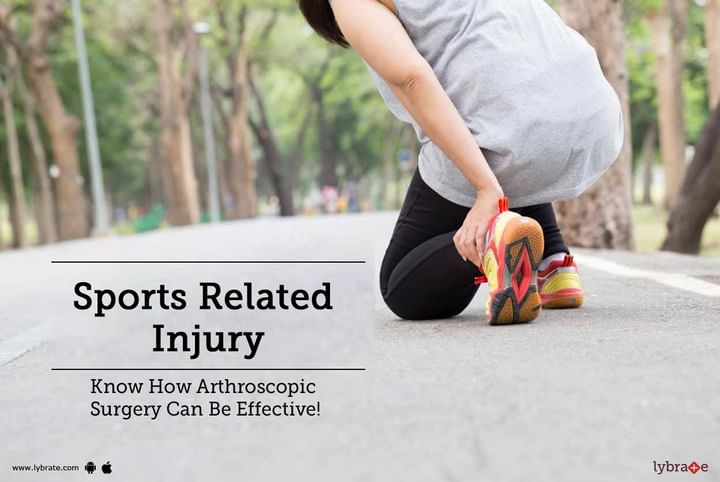Sports Related Injury - Know How Arthroscopic Surgery Can Be Effective!
When it comes to contact sports like football or basketball, orthopedic injuries are unavoidable. Given the high risk of falling and accidents and wear and tear of muscles, injuries like stress fractures, torn ligaments, ACL tears and chronic pain are common complaints a sports doctor comes across. Not all orthopedic doctors can deal with sports injuries. Sports medicine is a specialization of this field that deals exclusively with the prevention, diagnosis and treatment of injuries sustained while playing sports. A sports doctor must not only treat an injury but must also speed up the healing process so as to allow their patients to return to the field as quickly as possible.
When it comes to surgeries for sports injuries, the smaller the incision made, the faster an injury will heal. This has led to the popularisation of minimally invasive surgeries. Arthroscopy is one such type of minimally invasive surgery that is used by doctors to diagnose and treat joint injuries and musculoskeletal conditions.
This procedure is typically performed on a patient under general or spinal anesthesia. When being used to diagnose a condition, it involves the insertion of a thin fiber-optic tube with a light, magnifying lens and camera into the body through a small incision no bigger than a buttonhole. This allows the doctors to examine the joint in detail. In cases where this type of surgery is being used to treat a patient, specially designed instruments may also be inserted through an additional small incision to repair the injury.
Arthroscopic surgeries for sports injuries are often used in combination with other approaches or open surgery. One of the most common conditions, this type of surgery is used to treat are tendon tears in the knee. Other conditions that can also be treated with arthroscopic surgeries are torn ligaments and cartilage, inflammation of the joint lining, carpal tunnel syndrome, tears in the rotator cuffs, etc.
After the surgery, the incision will be stitched shut and a dressing will be placed over it. In most cases, patients require less pain medication as compared to the medication needed to recover from open surgery.
However, it can take several days for the joint to recover and for the incision to heal. Some of the benefits of this kind of surgery are:
- Faster healing
- Minimal scarring
- Lesser blood loss
- No danger of cutting muscles or tendons
- More comfortable rehabilitation
- Faster return to the sports field



+1.svg)
